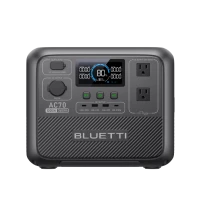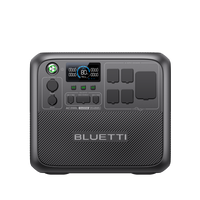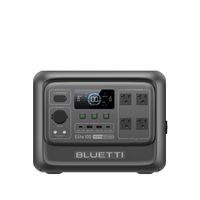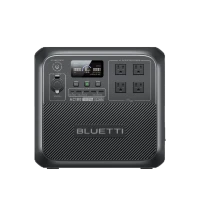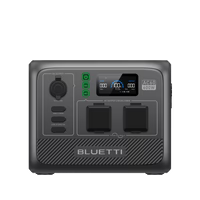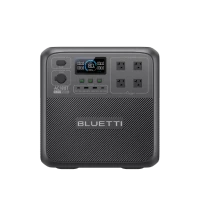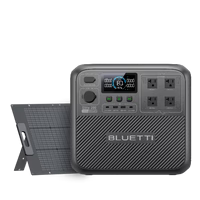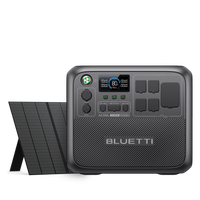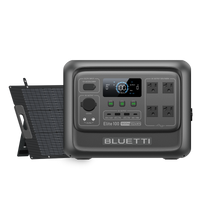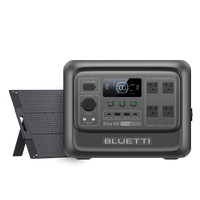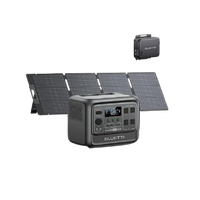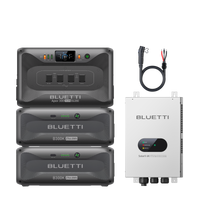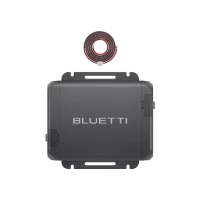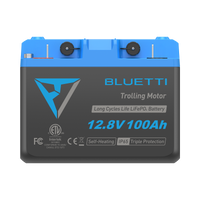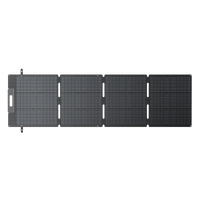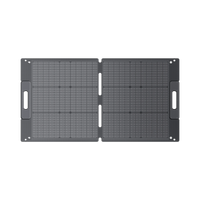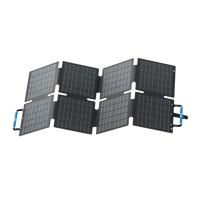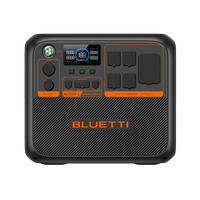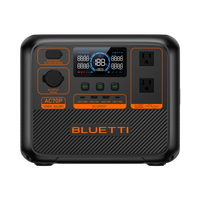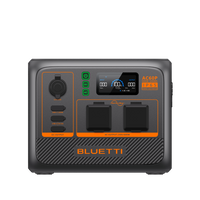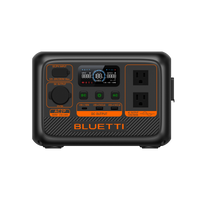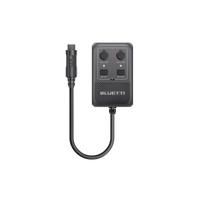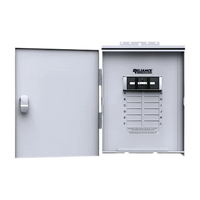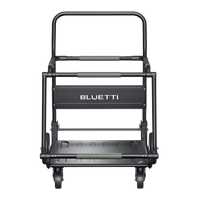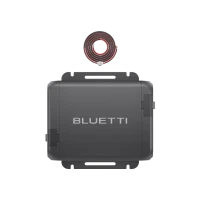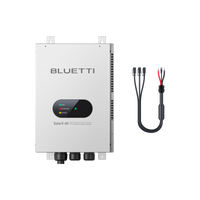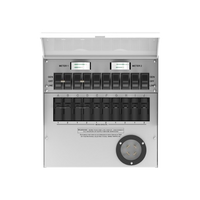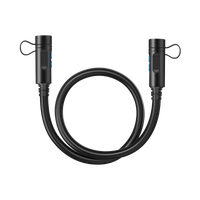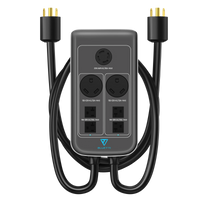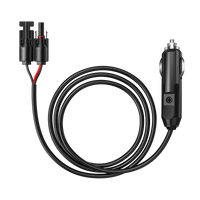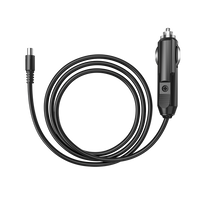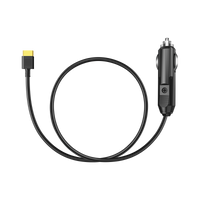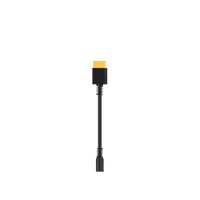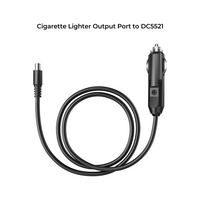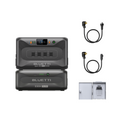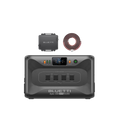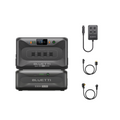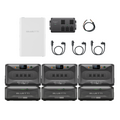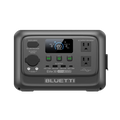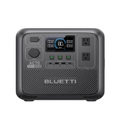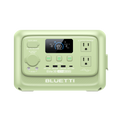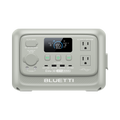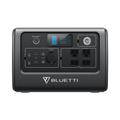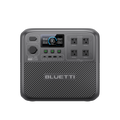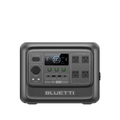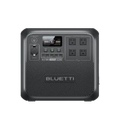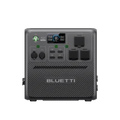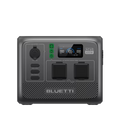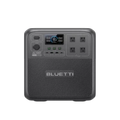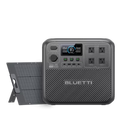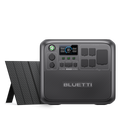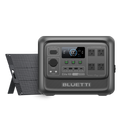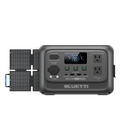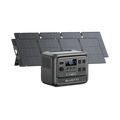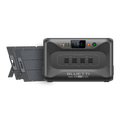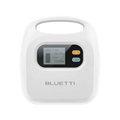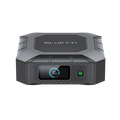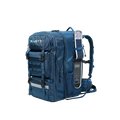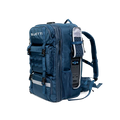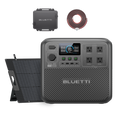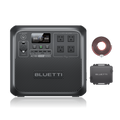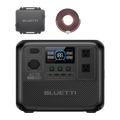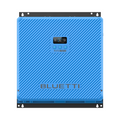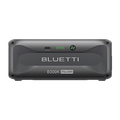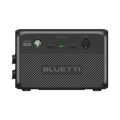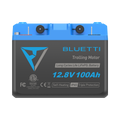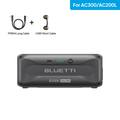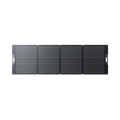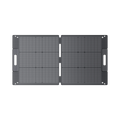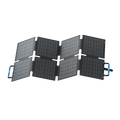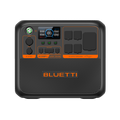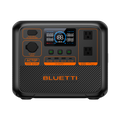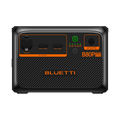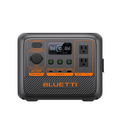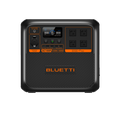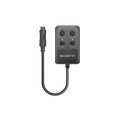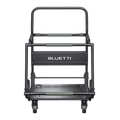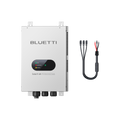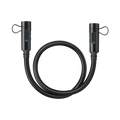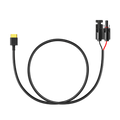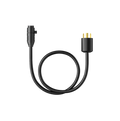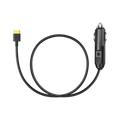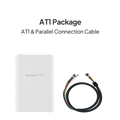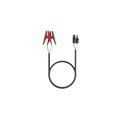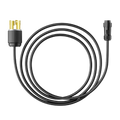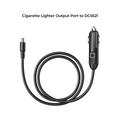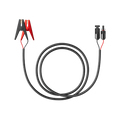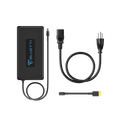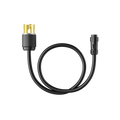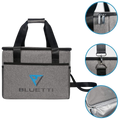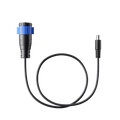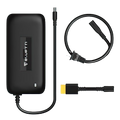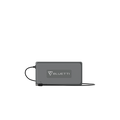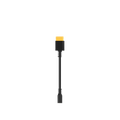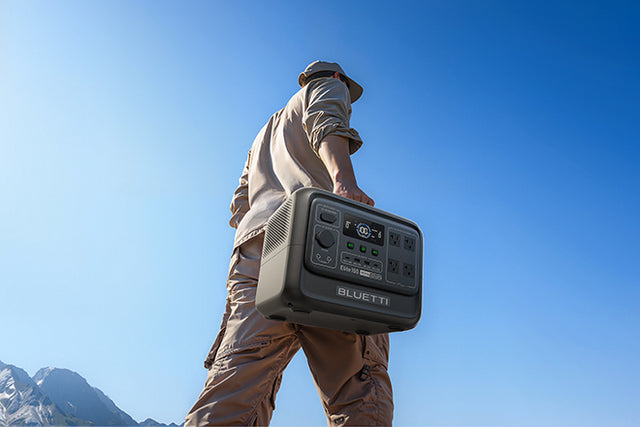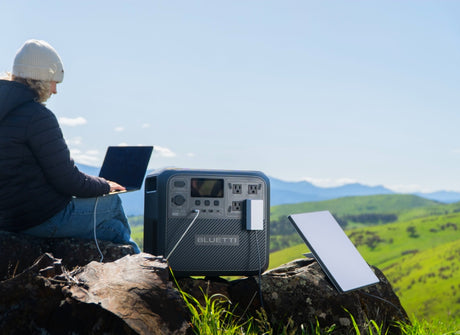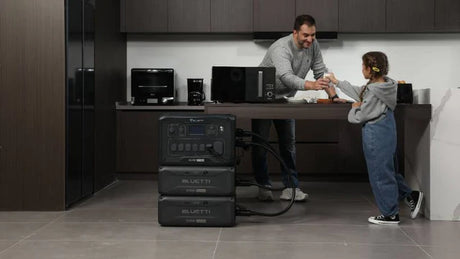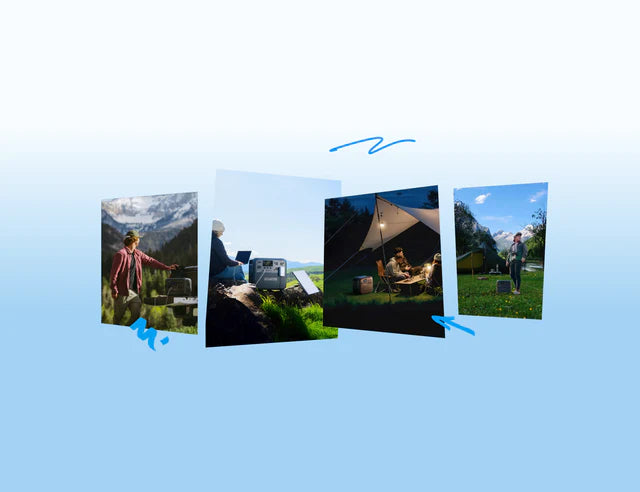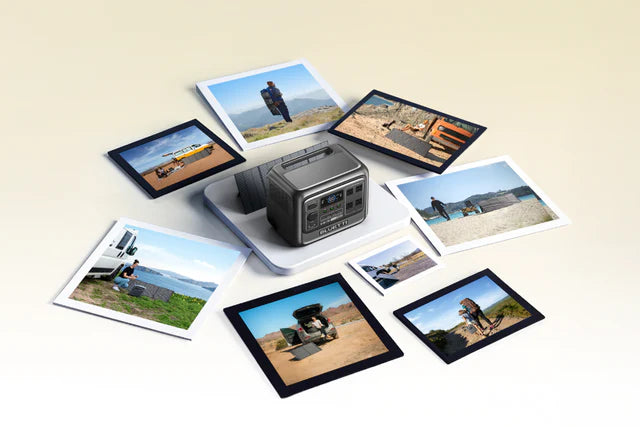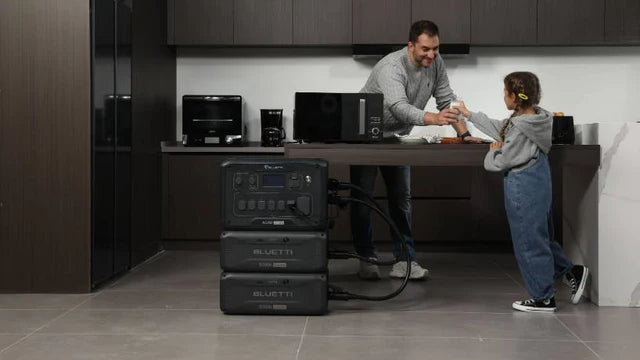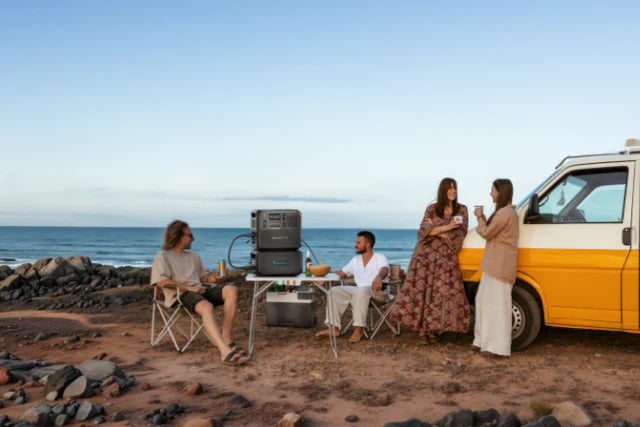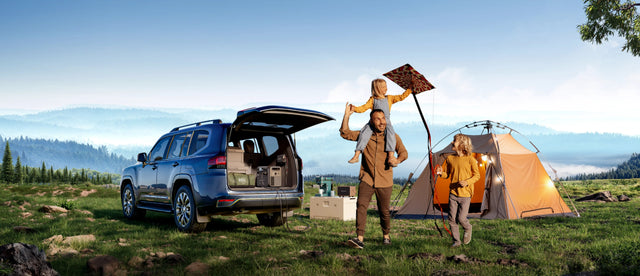In British Columbia, the hunting regulations differ depending on the region and Management Unit (MU) and are subject to changes every year. This guide is organized and outlined with requirements, permissions, seasons, and enforcement components in BC. Always check the current year's BC Hunting & Trapping Synopsis as well as the regional PDFs before going on the trip.
Licences and Eligibility: What A Hunter Requires
Different licenses apply to hunters in BC according to their residency status. First, the basic hunting license must be obtained, forming the foundation of legal hunting. In addition to this, a hunter has to buy a tag for each species they wish to hunt (be it deer, moose, or black bear) as well.
For these highly sought-after species or areas subject to a draw for hunting, they will have to go through their Limited Entry Hunt access to that area. At that point, hunters may apply ahead of time to be allowed to hunt in this management unit if selected. This ensures that conservation goals are monitored and achieved in the stocks of wildlife.
In general, residency status largely dictates the routes of the licenses:
-
Licenses and tags can generally be purchased directly as soon as the resident obtains a valid FWID (Fish & Wildlife ID).
-
However, you are qualified to hunt as an individual, with specific restrictions: generally, non-residents come to the country and pay for the service of a licensed guide to hunt.
-
Most restrictions apply directly to non-resident hunters. They are international hunters mandated to coordinate their activities through outfitters.
This is really driven by licensing for over-the-counter tags, coupled with draws for permits for particular areas; hence, all these balance hunting access opportunities well against conservation of BC wildlife resources for future generations.
An Overview of License Pathways by Residency
The following is the detailed view of the pathways of licenses by residency:
|
Residency |
Basic Licence |
Species Tags |
LEH Eligible |
Notes |
|
Resident |
Yes |
Yes |
Yes |
CORE course & FWID required |
|
Non-resident |
Yes (via BC vendor/online) |
Yes |
Yes (some restrictions) |
Must hunt with guide/outfitter |
|
Non-resident alien |
Yes |
Yes |
Limited |
Guided hunts mandatory |

Before one may legally hunt in British Columbia, special training must have been undertaken and identification documents issued establishing eligibility.
The CORE (Conservation and Outdoor Recreation Education) Hunter Education program is mandatory for all new resident hunters of BC. This comprehensive course includes firearm safety, wildlife identification, hunting ethics and survival, and conservation. Successful completion of the course shows that a hunter possesses knowledge and is also required to be granted a hunting license.
After completing the CORE program for hunters, residents must apply for their Fish & Wildlife ID (FWID). This number, unique to the applicant, is required for the purchase of both a basic hunting license and species tags. Applicable equally to limited entry hunt applications and harvest reporting, it is important in the online services relating to hunting and fishing in the province.
The same assessment will apply to non-residents and non-resident aliens. May exempt them to complete CORE, but would require proof of hunter education or licensing programs that are approved in their jurisdiction to be eligible to purchase hunting licenses and species tags in BC. This way, all hunters are made equal in terms of safety and knowledge standards, no matter where they come from.
Firearms Licensing (PAL) or Archery
Different equipment rules apply depending on whether a firearm or archery gear is to be used for hunting.
For the use of firearms (rifles, shotguns, handguns) for hunting in BC, a PAL (Possession and Acquisition Licence) is required. The PAL is issued under the Firearms Act, so that it shows that the licensee has completed the Canadian Firearms Safety Course (CFSC) and is thus a person who legally can possess and use firearms. A hunter has to have the PAL with him or her along with the hunting license while out in the field with any firearm.
Archery equipment is governed by different regulations. Bows and crossbows do not require a PAL to own or use, so archery can be an avenue for those hunters who would prefer to avoid going through a firearms licensing process. But that does not imply that archery is unregulated. To ensure a humane harvest, archery equipment must meet a certain minimum draw weight; crossbows must comply with particular specifications in their design and manner of use, depending on the species and hunting season.
New hunters often ask, "Can I hunt in BC if I do not hold a PAL?" The answer varies according to the method chosen. If a firearm is to be used, a PAL is a straight requirement. In contrast, if the hunt is to be with a bow or crossbow, it may be done without a PAL, provided the hunter has the necessary hunting licence and species tags and abides by all regulations established by the province. Put in other words, the PAL is required only for firearms, and anything without a PAL falls into archery gear.

Age Rules & Supervision
British Columbia recognizes and sets minimum age requirements for those who wish to hunt, ensuring that a young person's introduction to the hunting practice is with a foundation in safety and responsibility. These minimum ages vary depending on the type of license and even the species being hunted; however, the provincial regulations set the minimum eligibility standards for every new hunter to pass.
In certain cases, a supervisory adult is required for those hunting under the age of majority; proof of this sort of supervision in the case of youth hunters requires that they be escorted by a fully licensed adult holding the appropriate hunting licence and, if a firearm licence is applicable, a valid firearms licence that is recognized (PAL). These supervision rules not only maintain safety in the field but also assist with the transition of knowledge that includes the ethical practice of hunting from old-timers to new generation hunters.
Supervised hunting for youth is additionally complemented by special youth-only seasons that are set aside for hunting by the province. These have been designed to encourage interest, reduce entry barriers, and allow youth to hunt during a time of the year when hunting pressure is usually lower. Regulations around the youth season have different timing and species allowances and must be consulted for each region under the current year’s Synopsis, should the youth season differ. The specific details, such as minimum age, supervision requirements, and youth season dates, vary regularly, so check the latest regulations before heading out in the field.
Where You Hunt: Land Access & Area Types
Owning the property, in fact, is not open for hunting as hunting has to be licensed and regulated in BC. Ownership of property does not exempt the hunter from holding a licensed permit for hunting or species tags, and has to observe open seasons. The regulations were designed to ensure sustainable wildlife management all over the province of British Columbia, and not limited to Crown land only.
Provincial Parks & Protected Areas
Hunting is allowed in selected provincial parks and protected areas, but only in zones designated for this purpose. Hunting is not allowed in most parks. Should hunting be allowed, hunters should be mindful of the boundaries and seasonal restrictions.
There are very stringent regulations with respect to the possession and transport of firearms across parks. Consistently, with respect to parks where hunting is not allowed, weapons must be unloaded and encased when being transported or carried unless one intends to continue outside the park boundary. Any infringement of any of these transport rules would result in fines and forfeiture of the firearm.
Areas Crown Range & Grazing Licences
You can hunt within a grazing licence area even if public access is not restricted by the licence holder. However, hunters must check the posted signage and be aware of seasonal closures before venturing into the area.
Much of this Crown range land is leased to ranchers and farmers through public grazing licences, while open to the public for recreation, which includes hunting. Grazing licence holders do not have any ownership rights for the land, but the right of use for the same for livestock management, and can prevent public access at certain times to certain areas.
To this effect, hunters should remain conscious of the use of, and the infrastructure associated with, holders of a grazing licence. Thus, fences, gates, and corrals would always be found, and wildlife should be treated, trespassing necessary, as well as exercising possible further restrictions on some areas during certain seasons, about, either sensitive rangeland or moving cattle.
All in all, hunting on grazing licence lands is possible, but it entails a public access issue because of the rights of those actively managing the range. Always check either local notices before heading out to hunt or what is posted on the signs around areas, or what's published in this year's regulations, to ensure that you're both lawful and respectful.

What You Can Hunt Right Now: Seasons & Openers
If you want to know what species are open "right now" in British Columbia, the only thing to check is to refer to the current year's Hunting & Trapping Synopsis by species and Management Unit (MU). Changes happen annually for each regulation because opportunities vary in different regions.
In British Columbia, generally, the hunting opportunities are divided into two systems:
-
General Open Season (GOS): All licensed hunters can hunt during specific dates if they hold the correct licence and tag.
-
Limited Entry Hunt (LEH): A draw-based permit system that controls hunting pressure on species or areas. Successful applicants receive an authorization for a specific species and MU.
Species-by-Region Season Matrix
Then British Columbia boasts perhaps the most exciting hunting opportunities for a great variety of game species-from big game like deer, elk, and moose to black bears, upland birds, and waterfowl. However, the timing and availability of these seasons vary greatly from region to region.
To facilitate understanding of this document, hunters often refer to it as a season matrix. Columns list regions (1-8, plus 7A and 7B) with rows denoting species, filling in the cells with the open season dates. 'Open' hunting for that species is closed in that region for the given year if that cell is blank.
Since changes to these details happen annually, hunters always refer to the current Synopsis for exact opening and closing dates and region-specific restrictions.
Rules & Restrictions While Hunting
While they don't have to wear blaze orange according to the law, hunters in British Columbia are encouraged to wear blaze orange as a safety measure so that they are more visible to everyone around them.
The use of firearms is then regulated: it can only have a magazine capacity of just say below a specific amount, hence allowing hunting with a specific number of rounds, say five cartridges for a specific semi-automatic centrefire rifle, and differs from one end of the province to the other.
Every place has its own rules. The standards differ from region to region and may sometimes even override the basic ones, which specify the bag limits and methods of hunting. It is always better to check the current regulations of the region before going hunting.
Province-wide Baseline Rules
-
Night hunting or shining is illegal.
-
All edible portions of big game are required to be retrieved.
-
Minimum distances apply near dwellings, road rights-of-way, or recreation areas.
-
Motorized vehicles are often prohibited to conserve habitats.
-
Dogs may be used for some upland birds, but not for chasing big game.

Weapons Rules
In British Columbia, archery equipment used for big-game hunting must meet defined minimum standards:
-
Longbows, recurve bows, or compound bows must have a draw weight greater than 22.6 kg (50 lbs) within the archer’s draw length.
-
Arrows must weigh more than 26 grams (400 grains) and be fitted with a broadhead greater than 8.1 grams (125 grains) in weight and at least 2.2 cm (0.87 in) wide at its broadest point.
-
Crossbows used for big game must have a draw weight over 68 kg (150 lbs) and bolts heavier than 16.2 grams (250 grains) with the same broadhead requirements.
For firearms, minimum requirements apply to ensure ethical harvest:
-
For big game such as deer, elk, and moose, hunters must use a centre-fire rifle with a bullet diameter of at least 6.5 mm (.257 calibre) and a case length of at least 44 mm.
-
Shotguns used for big game must be 20 gauge or larger, firing single slugs.
-
Muzzle-loading rifles must be at least .45 calibre for deer and .50 calibre for larger species like moose.
Variations From Province To Province
Hunting regulations are different all over Canada. For instance, British Columbia is structured around Management Units (MUs) with seasons, bag limits, and closures, and the other provinces have their own system and restrictions. Alberta, though, for instance, divides geographic areas into Wildlife Management Units (WMUs) and then has different regulations for licensing and tagging. In Quebec, hunting is regulated by zones, each of which has a unique season and weapon restrictions. There are also some exceptions to the general hunting regulations applicable to British Columbia, such as particular site- or MU-specific rules overriding provincial baselines, for example, in the areas restricting rifles or restricting the take of antlerless deer, or even vehicle closure.
Because these regulations are updated regularly, hunters should always consult the latest official documents before heading out. For BC, that means the Hunting & Trapping Regulations Synopsis (2024–2026). For Alberta, check the Alberta Hunting Regulations, and for Québec, see the Sport Hunting Guide.
Bag Limits, Tagging, and Reporting
Let’s see bag limits, tagging, and reporting:
Bag & Possession Limits
Every species and Management Unit (MU) has corresponding hunting limits in British Columbia. This ensures a sustainable harvest across the province.
The limits are supposed to change regionally and can nicely change over maximums set according to a daily or seasonal basis, thus requiring careful attention to elements of the ongoing Synopsis.
Here are some regional examples: Grouse:
-
Region 1 (Vancouver Island): Daily bag 5 each for blue/sooty and ruffed grouse.
-
Region 7A (Omineca): Daily aggregate 10 grouse + 10 ptarmigan.
Deer:
-
Region 7A: Mule deer 1, white-tailed deer 2 (1 buck + 1 antlerless).
-
Region 3 (Thompson-Nicola): White-tailed deer 2 (either sex); mule deer antlerless is LEH only.
Migratory Birds (2025–26):
-
All ducks: Daily 8, possession 24 (species sub-caps apply).
-
Geese: District 1: 10 Canada/Cackling, 5 Snow/Ross’s. District 2 (Fraser Delta): 10 Snow/Ross’s per day (extra allowance in PMUs 2-4 & 2-5).
Last Season (2024–25):
-
Limits largely the same: 8 ducks/day, similar goose caps; minor seasonal window changes.
Tag Validation, Evidence, and Transport
Upon killing the animal, the hunter shall immediately notch out the appropriate tag to validate that kill. Evidence of sex, age, or species, such as an antler or horn, or some part of the body, should remain "naturally attached" to the carcass during transport. These rules assist enforcement officers in verifying lawful harvests in the field.
Mandatory Inspection and Reporting
These mandatory inspections, besides the populations of elk and moose, extend to sheep, cougars, and grizzlies. Each species will have a specific time limit wherein the hunter must transport the whole carcass or specific parts to the inspector. Otherwise, online or phone-in harvest reports will be required for other species, which help the province track population and harvest pressure.
Safety, Ethics & Compliance
Let’s discuss some safety rules, ethics, and compliance:
Firearm Transport & Storage
Transporting firearms must comply with BC regulations. Firearms must always be unloaded in vehicles, and in some cases they must also be encased. Discharging firearms near roads, houses, or waterways is prohibited.

Backcountry Etiquette
Hikers, anglers, and various other outdoor users often share territory with hunting. Huntsmen are also required to share trail use responsibly, follow Leave No Trace principles, and know about wildfire closures and bans on access that exist seasonally.
Common Mistakes
Most hunting offences are due to avoidable mistakes. Common mistakes include:
-
Hunting in the wrong MU.
-
Confusing General Open Seasons (GOS) with Limited Entry Hunts (LEH).
-
Failing to tag immediately after harvest.
-
Entering closed or restricted park areas.
Penalties & Enforcement
So many individuals ask this question: What are the penalties, and what will be enforced should we break the rules?
Typical Offences and Fines
Hunting without a valid licence or tag, exceeding bag limits, hunting during closed seasons or in closed areas-these offences are viewed as very serious. They can lead to penalties which may include fines, the seizure of game or meat, and confiscation of firearms and hunting equipment.
Conservation Officer Service (COS)
The Conservation Officer Service (COS) enforces the hunting laws in BC, and the officers may check for licences, tags, and game in the field. Poaching and polluting can be reported through the RAPP line, which is the province's hotline for conservation-related offences.
Licences, Fees & Where to Buy
Now, let’s see license, fees, and where to get them:
Buy Licences and Tags
Hunters can purchase licences and tags online through the BC hunting portal, at Service BC centres, or through authorized vendors. Non-residents typically require the services of a licensed outfitter or guide, who arranges permits and ensures compliance.
Fee Overview
|
Licence/Tag |
Resident |
Non-resident |
Non-resident Alien |
Notes |
|
Basic Licence |
$32 |
$75 |
$180 |
Annual |
|
Deer Tag |
$15 |
$125 |
$250 |
Per species |
|
LEH Application |
$7 |
$7 |
N/A |
Per entry |

Pre-Season Checklist
Hunters should complete a checklist before the season:
-
Ensure CORE & FWID are completed.
-
Confirm PAL is valid (if using firearms).
-
Verify the correct tag for the species and MU.
-
Check season dates and closures.
-
Obtain landowner permission where necessary.
-
Review CI and reporting requirements.
Hunting Checklist Packing: Under Safety
When heading into the backcountry or day-hunting near town, pack according to your MU/region weather, terrain, and trip length, then build in a margin for delays. Confirm all rules in the current Synopsis and any park/regional notices before you go.
Safety and Communication
-
Whistle, high-visibility hat/vest, headlamp + spare batteries.
-
Mobile phone in waterproof case, power bank, car charger; has an optional inReach/PLB or satellite messenger.
-
Bear spray with holster; know deployment basics; noise/visibility tools.
Navigation
-
Topographic map, compass, and GPS/phone app (offline maps downloaded).
-
Route card with waypoints, daylight and dusk, and bail-out routes.
Power & Charging in the Field
To lighten up on your camp and cars, you need a power backup.
BLUETTI Apex 300
BLUETTI Apex 300 has an expandable capacity of yet to reach its maximum up to 58 kWh, having an output of 2,764.8 Wh, providing a dual 120V/240V output and charging options for an electric car, ultra-fast solar recharge, or AC recharge, running fridges, lights, radios, and tools becomes quite easy along with the provision of a 0ms UPS backup and LiFePO₄ durability of over 6,000 cycles, making it the ideal modular smart power hub for a hunter riding lately in a truck or a base camp.
BLUETTI Elite 30 V2
Giving 1,500W Power Lifting power, the BLUETTI Elite 30 V2 app-based charge control system, and a 140W USB-C fast charge for laptops and phones-In the search for a fast-setting device that offers portability, it has it all. Lightweight yet powerful, it is great for topping off GPS units, radios, headlamps, and heaps of other field essentials when on the go or on the fast lane.

Region & MU Resources
Here we have compiled important resources for your convenience:
Region PDFs
The province publishes regional PDFs annually for all eight regions plus subregions 7A and 7B. These documents include maps and MU-specific rules.
Official References
Hunters must rely on:
-
The BC Hunting & Trapping Regulations Synopsis (annual, province-wide and regional rules).
-
The BC Parks Fishing & Hunting Guide (specific to parks and protected areas).
Conclusion
British Columbia has the hunting rights, and, likewise, the entire hunting responsibility falls to the hunter. It all happens by following the regional code, reading the annual Synopsis for all the details, enjoying the hunt, and hunting cleanly. Compliance and contribution to conservation by hunting are realized. Respect land, respect laws, and hunt in safety and sustainability.
FAQs
Do I need to wear orange in BC?
Blaze orange is not mandatory but highly recommended.
May I hunt on my own property? Yes, provided that the rules regarding licensing, tagging, and seasons are observed; and those regarding firearm safety are followed.
What can I hunt right now? Depends on the region and MU. Always consult the latest BC Hunting







